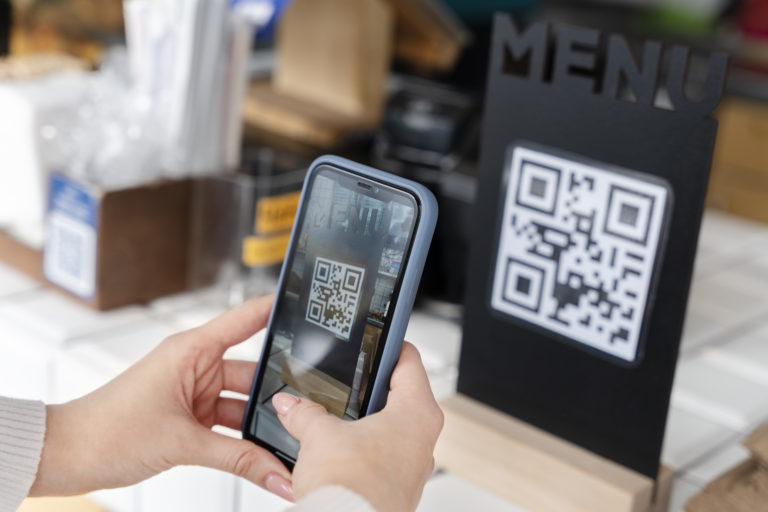
August 2022 Newsletter – Q2 Restaurant Trend Wrap Up
MYSTIQUE NEWS
A monthly newsletter brought to you by Mystique Company
Emerging Trends in Post Pandemic World
The pandemic has had a significant impact on our daily lives, but the restaurant industry went through a unique transition. Restaurant owners saw changing customer behaviours and preference, and adapted how they do business accordingly. Let’s explore some trends that we saw, that may help you rethink the way you operate your restaurant in a post panemic world.
2022 is looking at conflicting trends between comfort foods and newest food trends. Comfort foods were the go-to for everyone during the pandemic, but as people got the opportunity to dine out more often, customers began looking for something with a twist. An example of this rather counterintuitive trend is the next-level Mexican quesadillas with a Indian twist, by loading the paratha with tandoori chicken in order to give it a signature flavour experience. The emergence of social media like Tik Tok has also allowed new restaurant ideas and food trends to be generated and spread quickly.
As people became more cautious about the environment, customers will choose restaurants that reflect their value of taking care of the planet. This has made it beneficial for restaurants to highlight their plant-based, sustainable, low carbon footprint and ethically sourced ingredients. In addition, as off-premise dining grows in demand, customers want to see packaging that doesn’t harm the environment but also keeps their food warm. This is a good opportunity for restaurants to start investing in satisfying experiences for take out diners.
During the pandemic, restaurants, bars and cafes were closed off for those who considered it a social hub. This has caused many Canadians to feel “lonelier” than ever before, and it is now very crucial for restaurants to begin focusing on the effects on mental health the pandemic has brought. According to David Scott Peters, the number one reason customers don’t come back to a restaurant is due to the attitude of indifference or unconcern by the employees. With this in mind, there are huge opportunities for bars and restaurants to be creative in ways they could offer the human connection many people may require.
The pandemic has also significantly affected how restaurants present their menus, due to supply chain issues and increased importance of doing things contactless.
- Labour and supply chain constraints have shifted restaurants to have smaller menus that are easy to execute and change.
- Menus have evolved into digital menus through QR codes, kiosks, handheld devices and websites.
- As companies continue remote work, it is important that restaurants provide an option for remote ordering with top quality packaging and delivery.



Toronto, Canada
Ontario M3N1X3 Canada



